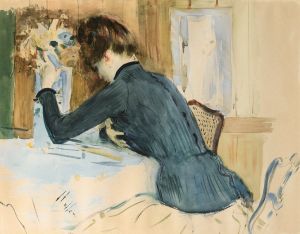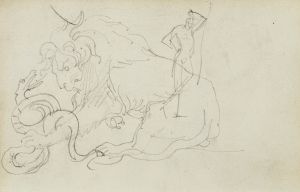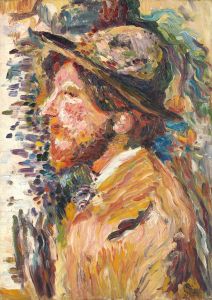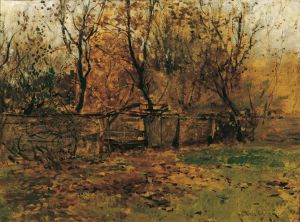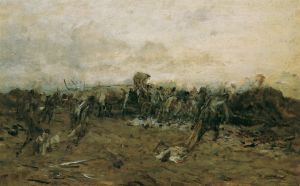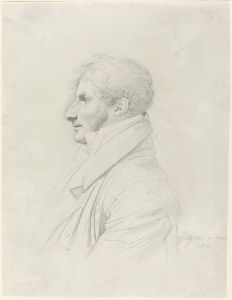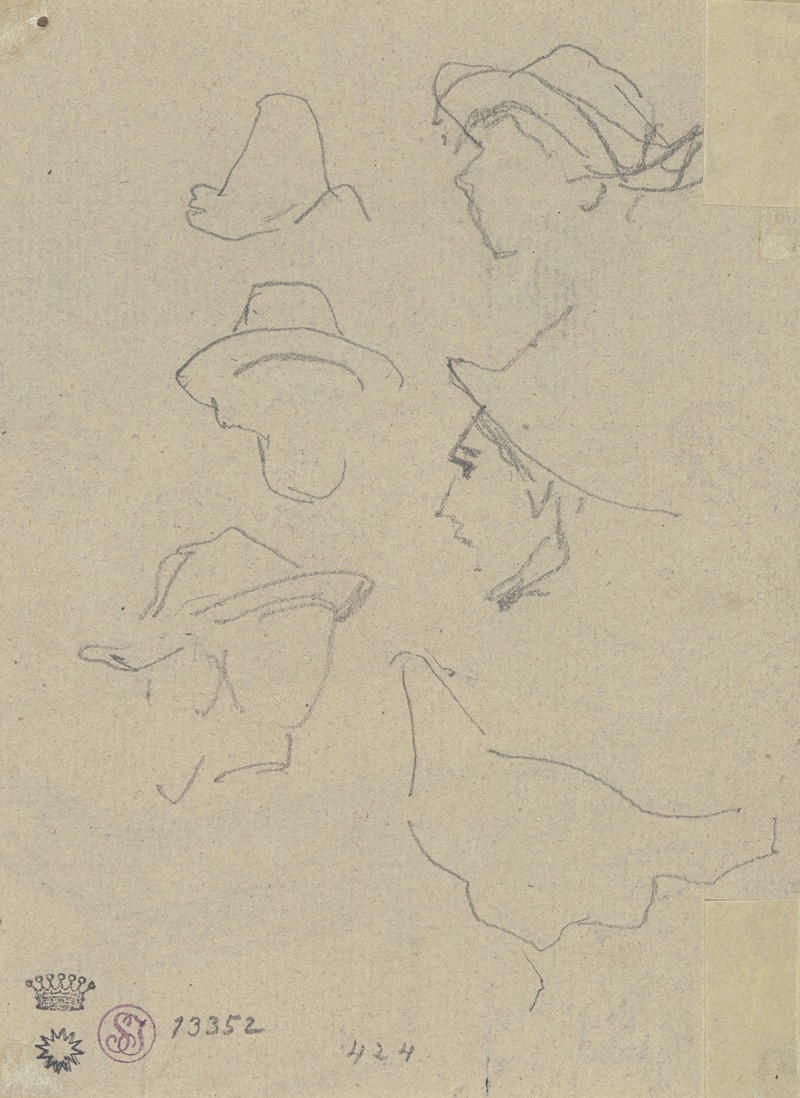
Study of a head
A hand-painted replica of August von Pettenkofen’s masterpiece Study of a head, meticulously crafted by professional artists to capture the true essence of the original. Each piece is created with museum-quality canvas and rare mineral pigments, carefully painted by experienced artists with delicate brushstrokes and rich, layered colors to perfectly recreate the texture of the original artwork. Unlike machine-printed reproductions, this hand-painted version brings the painting to life, infused with the artist’s emotions and skill in every stroke. Whether for personal collection or home decoration, it instantly elevates the artistic atmosphere of any space.
August von Pettenkofen was an Austrian painter known for his genre scenes and depictions of Hungarian life. However, specific information about a painting titled "Study of a Head" by August von Pettenkofen is not readily available in historical records or widely recognized art databases. Pettenkofen's body of work primarily includes scenes from everyday life, often capturing the essence of rural Hungary, which he frequently visited and where he found much of his inspiration.
Pettenkofen was born on May 10, 1822, in Vienna, Austria. He initially studied at the Academy of Fine Arts in Vienna, where he was influenced by the Biedermeier style, characterized by its focus on domesticity and detailed realism. His early works were primarily military scenes, reflecting his experiences during the 1848 revolutions in Europe. However, his artistic focus shifted after his visits to Hungary, where he became captivated by the landscapes and the people.
His works are noted for their warm color palettes and the intimate portrayal of his subjects, often peasants and soldiers, depicted with a sense of dignity and respect. Pettenkofen's style evolved over time, showing influences from the Barbizon School, which emphasized naturalism and the depiction of rural life. This influence is evident in his loose brushwork and the atmospheric quality of his paintings.
While "Study of a Head" is not a well-documented work, it can be inferred that, like many artists of his time, Pettenkofen likely created studies as preparatory works for larger compositions or as exercises in capturing the human form and expression. Studies of heads or figures were common practice among artists, serving as a means to explore different techniques, lighting, and anatomical accuracy.
Pettenkofen's contributions to art were recognized during his lifetime. He became a member of the Vienna Künstlerhaus, an important association of artists, and received numerous accolades for his work. His paintings are held in various collections, including the Belvedere in Vienna and the Hungarian National Gallery in Budapest, reflecting his significance in both Austrian and Hungarian art history.
Despite the lack of specific information on "Study of a Head," Pettenkofen's legacy as an artist is well-established. His works continue to be appreciated for their emotive quality and the unique perspective they offer on 19th-century Central European life. His ability to convey the subtleties of human expression and the everyday moments of his subjects ensures his place in the canon of European genre painting.
For those interested in exploring Pettenkofen's work, visiting major art museums in Austria and Hungary would provide a comprehensive view of his artistic achievements and the cultural context in which he worked. His paintings remain a testament to his skill and his deep connection to the people and landscapes he portrayed.







